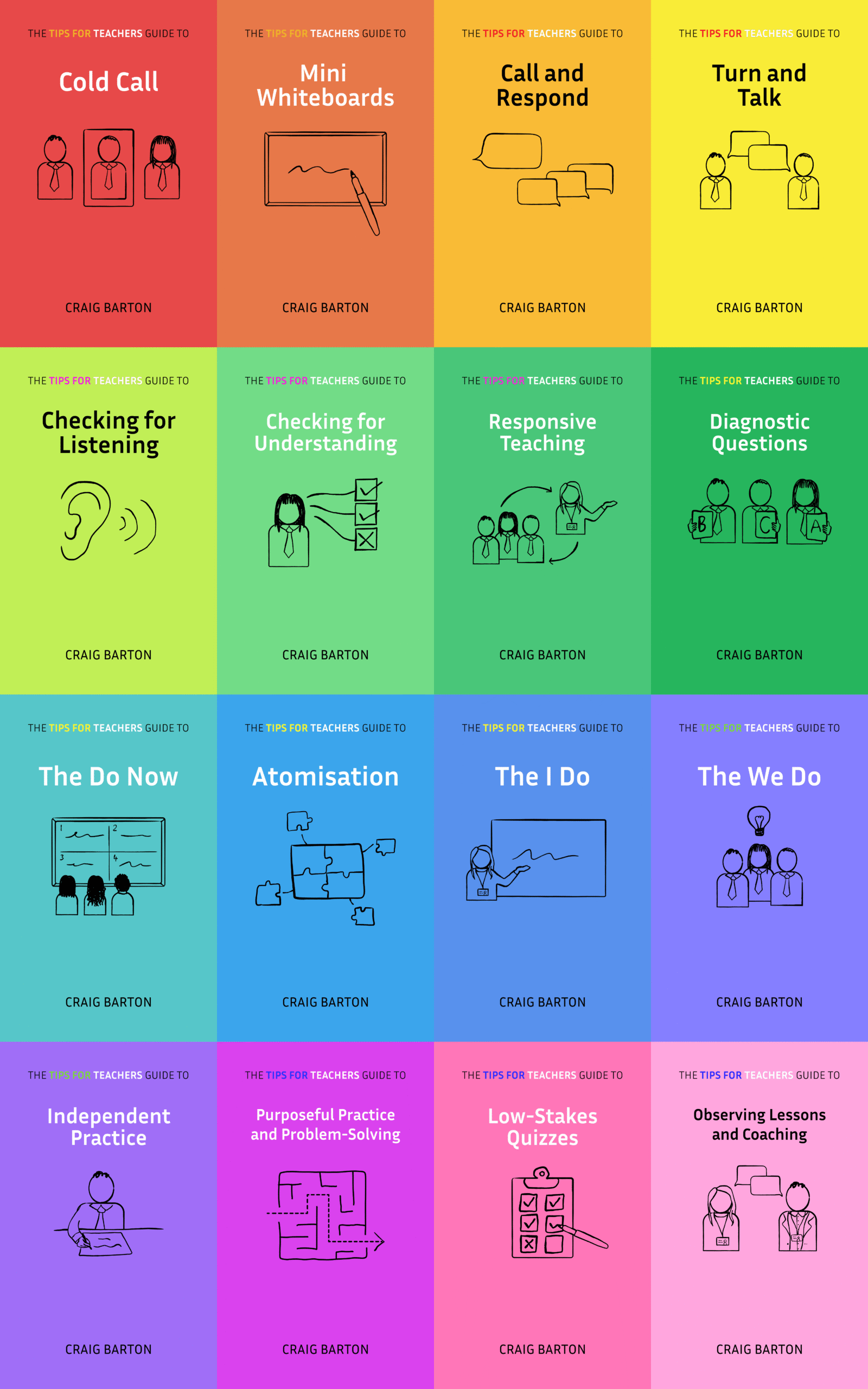
- Title: Making Things Hard on Yourself, But in a Good Way: Creating Desirable Difficulties to Enhance Learning
- Authors: Bjork and Bjork
- Access the original paper here
- Watch a video overview:
Paper summary
The article discusses unintuitive strategies for effective learning and memory. The authors, both professors of psychology at UCLA, emphasise the distinction between short-term performance and long-term learning, arguing that techniques like varying practice conditions, spacing study sessions, and interleaving topics—methods that initially seem difficult—actually optimise retention. They introduce the concept of “desirable difficulties,” stressing that learners often misjudge their level of mastery by confusing current performance with durable knowledge (retrieval strength versus storage strength). Finally, the authors strongly advocate for using tests and self-generation as potent learning tools, rather than relying on passive restudying, to maximise long-term recall.
If teachers remember one thing from this study, it should be…
Teachers should introduce desirable difficulties (like spacing, interleaving, and using tests). Conditions that challenge learners often optimise long-term retention and transfer, even if they slow the rate of apparent learning or seem counterintuitive. Focus on active retrieval rather than restudying.
***Paper Deep Dive***
What are the technical terms used in the paper?
Desirable Difficulties: Conditions that challenge learners to optimise long-term retention and transfer.
Learning: The permanent change in knowledge or understanding.
Performance: What is observed and measured during instruction.
Storage Strength: Reflects how entrenched a memory is.
Retrieval Strength: Reflects a memory’s current activation or accessibility.
What are the characteristics of the participants in the study?
The participants discussed in the studies include children, specifically 8-year-olds and 12-year-olds, who were involved in a beanbag-throwing motor skills experiment. Other experiments involved general “participants” learning motor skills, geometric formulas, and artists’ styles. The authors also note that research on spacing effects has been demonstrated across “types of learners (human and animal)”.
What does this paper add to the current field of research?
The paper contributes the concept that optimising instruction requires unintuitive innovations by introducing desirable difficulties. It stresses the distinction between performance (a short-term measure) and learning (long-term retention/transfer), warning that focusing on performance can be misleading.
What are the key implications for teachers in the classroom?
The key implications for teachers in the classroom centre on implementing unintuitive instructional innovations known as desirable difficulties.
Instructional Design and Strategy:
- Introduce Desirable Difficulties: Optimising learning often requires deviating from standard practices and introducing conditions that challenge learners. These difficulties, if properly managed, optimise long-term retention and transfer.
- Emphasise Retrieval over Restudying: Teachers should encourage students to spend less time on the input side (rereading or restudying) and more time on the output side, requiring students to actively retrieve or generate information (e.g., summarising from memory or self-testing). Retrieval is a powerful memory modifier.
- Use Testing as a Learning Tool: Tests should be viewed as a vehicle of learning and not solely a vehicle of assessment. Repeated testing has been shown to produce better long-term recall than repeated study opportunities. Tests also offer metacognitive benefits, helping students identify what they have and have not understood or learned.
- Implement Spacing: Teachers should incorporate spacing study sessions rather than massing practice (cramming), as spacing supports long-term retention and can enhance knowledge transfer.
- Interleave Topics: Instead of grouping instruction by topic (blocking), teachers should interleave instruction on separate topics or tasks. Interleaving, even though it may slow initial performance, leads to superior long-term retention and transfer, potentially by forcing learners to notice similarities and differences among concepts.
- Vary Practice Conditions: Varying the conditions of learning, such as changing the environmental setting, can enhance later recall and transfer, challenging the traditional advice to keep study conditions predictable.
Mindset and Assessment:
Ensure Difficulties are Desirable: It is critical to ensure the learner has the necessary background knowledge or skills to respond to the difficulty successfully; otherwise, the challenge becomes an undesirable difficulty.
Distinguish Learning from Performance: Teachers must recognise the distinction between performance (what is observed during instruction) and learning (the permanent change in knowledge). Conditions that cause rapid improvements in short-term performance often fail to support long-term learning.
Focus on Storage Strength: Instruction should aim to maximise the gain of storage strength (how entrenched a memory is) rather than just rapidly boosting retrieval strength (current accessibility, which dictates immediate performance).
Why might teachers exercise caution before applying these findings in their classroom?
Teachers must exercise caution, as many difficulties are undesirable when learners lack the necessary background knowledge or skills to respond successfully. Also, teachers might be misled by students’ current performance, as desirable difficulties often slow the rate of apparent learning initially, which could lead to misinterpretations.
What is a single quote that summarises the key findings from the paper?
“Conditions of learning that make performance improve rapidly often fail to support long-term retention and transfer, whereas conditions that create challenges and slow the rate of apparent learning often optimize long-term retention and transfer”








